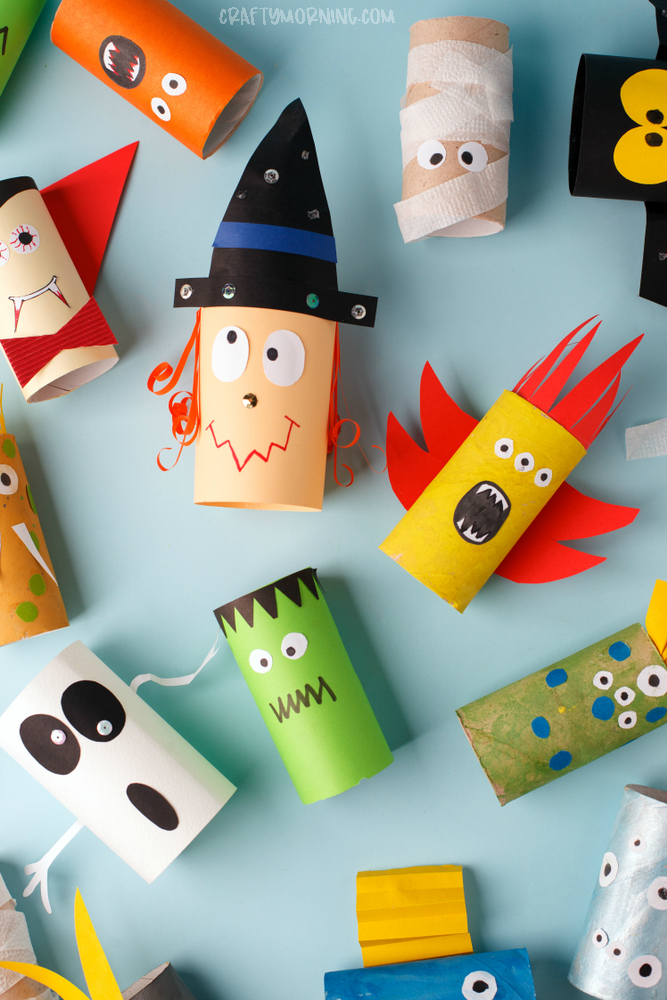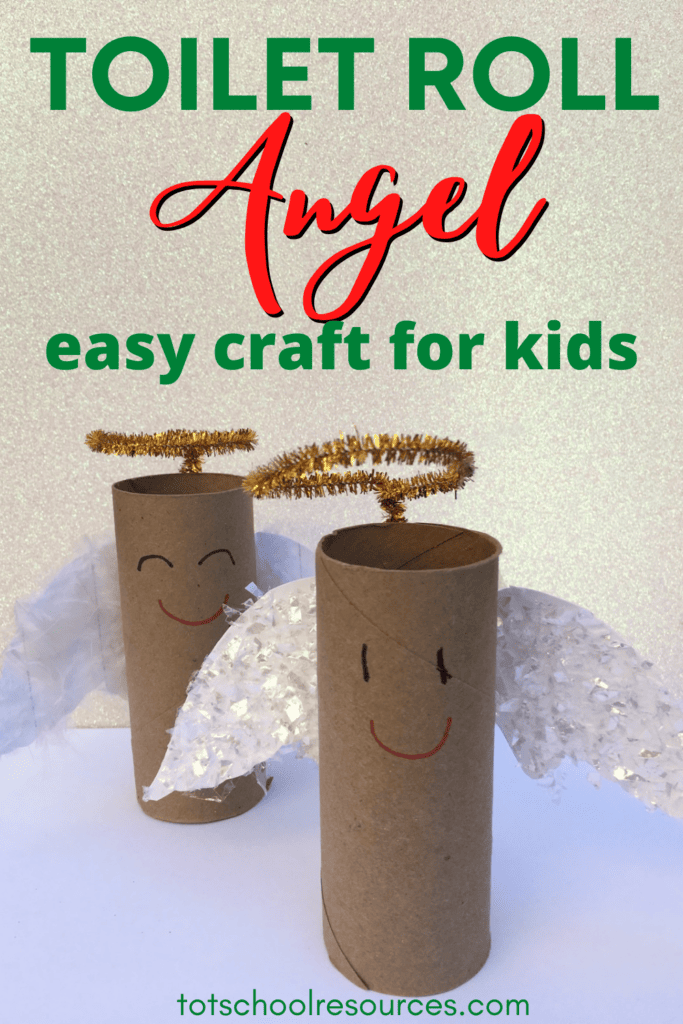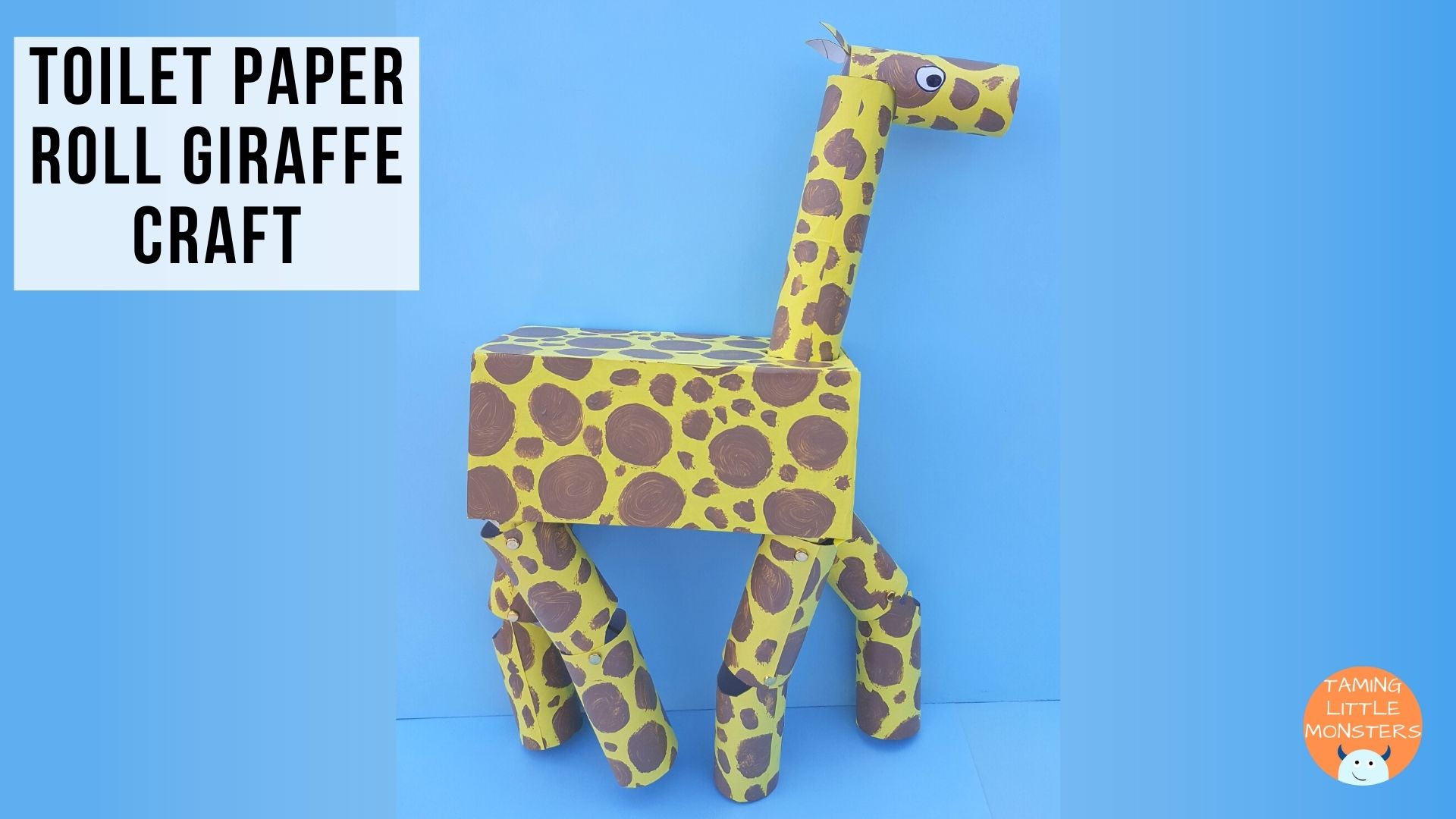toilet paper is a common household item that is used for personal hygiene after using the restroom. It comes in various types, including single-ply, double-ply, and even scented options. The type of toilet paper you choose can depend on personal preference, budget, and environmental concerns. In this article, we will explore the history, production, global trends, and cultural significance of toilet paper.
The History of Toilet Paper

The history of toilet paper dates back to ancient China, where it was first used in the 6th century AD. At that time, it was mainly reserved for the wealthy and powerful members of society. The first commercially produced toilet paper was invented in 1857 by Joseph Gayetty, an American paper manufacturer. His toilet paper was made from hemp and sold in sheets.
In 1879, toilet paper was first perforated, making it easier to tear off. This innovation led to the widespread adoption of toilet paper as a hygiene product. Over the years, toilet paper evolved from rough and uncomfortable sheets to soft and absorbent rolls made from materials like wood pulp, bamboo, and recycled paper.
Here is a table summarizing the key milestones in the evolution of toilet paper:
| Year | Milestone |
|---|---|
| 6th century AD | First known use of toilet paper in China |
| 1857 | Joseph Gayetty invents commercially produced toilet paper |
| 1879 | Toilet paper first perforated |
| 20th century | Transition to wood pulp as primary material |
How Toilet Paper Is Made

Toilet paper is made through a multi-step process that involves creating a pulp from materials like wood, bamboo, or recycled paper. The pulp is then formed into sheets using a machine and pressed to remove excess water. The sheets are heat-sealed to create the familiar rolls of toilet paper found in households worldwide.
The production of toilet paper has become more sustainable over the years, with many manufacturers using recycled materials and eco-friendly practices. Some companies also offer biodegradable and septic-safe options for environmentally conscious consumers.
Here is a list of the steps involved in making toilet paper:
- Creating a pulp from raw materials
- Forming the pulp into sheets
- Pressing the sheets to remove excess water
- Heat-sealing the sheets to create rolls
Stay tuned for the next section on global trends and market data related to toilet paper consumption.
Toilet Paper: Global Trends and Market Data

Toilet paper is a staple product in households around the world, with a steady demand for its use in personal hygiene. The global toilet paper market is influenced by factors such as population growth, consumer preferences, and economic conditions. In this section, we will delve into the trends and data shaping the toilet paper industry.
Consumption Patterns
The consumption of toilet paper varies across regions, with developed countries typically having higher usage rates compared to developing nations. Factors such as income levels, sanitation infrastructure, and cultural norms play a role in determining toilet paper consumption patterns.
Here is a breakdown of toilet paper consumption by region:
| Region | Toilet Paper Consumption (kg per capita) |
|---|---|
| North America | 24 |
| Western Europe | 15 |
| Asia Pacific | 4 |
| Latin America | 3 |
These figures highlight the disparities in toilet paper usage globally and underscore the importance of access to basic sanitation facilities.
Market Trends
The toilet paper market is dynamic, with trends reflecting changes in consumer behavior and preferences. In recent years, there has been a growing demand for eco-friendly and sustainable toilet paper options. Manufacturers have responded by offering products made from recycled materials and promoting responsible production practices.
Additionally, the rise of e-commerce has transformed the way toilet paper is purchased and distributed. Online retailers now offer a wide range of toilet paper brands and varieties, making it convenient for consumers to buy their preferred products from the comfort of their homes.
Stay tuned for the next section on toilet paper advertising and its impact on consumer perceptions.
Toilet Paper Advertising
Toilet paper advertising plays a crucial role in shaping consumer perceptions and driving sales in the competitive hygiene products market. From catchy jingles to humorous commercials, toilet paper brands employ various strategies to stand out and attract customers. In this section, we will explore the evolution of toilet paper advertising and its impact on consumer behavior.
Historical Ad Campaigns
Throughout history, toilet paper brands have used advertising to promote their products and differentiate themselves from competitors. One of the most iconic ad campaigns was launched by the brand Charmin in the 1960s, featuring the famous “Please don’t squeeze the Charmin” slogan. The campaign resonated with consumers and helped establish Charmin as a leading toilet paper brand.
Over the years, toilet paper ads have evolved to reflect changing societal attitudes and preferences. Modern campaigns often focus on themes such as sustainability, comfort, and value for money to appeal to environmentally conscious consumers and budget-conscious shoppers.
Influencer Partnerships
In recent years, toilet paper brands have collaborated with influencers and celebrities to reach a wider audience and generate buzz around their products. These partnerships leverage the social media reach and influence of popular personalities to endorse toilet paper brands and engage with consumers in new and creative ways.
By aligning with influencers who share their values and target demographics, toilet paper brands can enhance brand awareness and loyalty among diverse consumer groups. Influencer partnerships also provide opportunities for brands to showcase their products in innovative ways and connect with audiences on a more personal level.
Stay tuned for the next section on toilet paper in cultural, literary, and visual arts to discover how this everyday essential has inspired creativity across different mediums.
Toilet Paper in Cultural, Literary, and Visual Arts
Toilet paper may seem like a mundane household item, but its presence extends beyond the bathroom into various aspects of culture, literature, and visual arts. From artistic installations to satirical novels, toilet paper has served as a symbol of modern life and societal norms. In this section, we will explore the cultural significance of toilet paper and its portrayal in different creative mediums.
Artistic Installations
Contemporary artists have used toilet paper as a medium to create thought-provoking installations that challenge perceptions of waste, consumerism, and hygiene. These artworks often incorporate toilet paper rolls in unconventional ways, highlighting the material’s versatility and symbolic meaning in the context of contemporary art.
One notable example is the installation “Soft Monument” by artist Judith Scott, which features a towering sculpture made entirely of toilet paper rolls. The piece explores themes of abundance, excess, and impermanence, inviting viewers to reflect on the disposable nature of everyday objects.
Literary References
Toilet paper has also found its way into literature, with authors using it as a metaphor for comfort, luxury, and social status. In the satirical novel “The Bathroom” by Jean-Philippe Toussaint, toilet paper serves as a central motif that reflects the protagonist’s existential crisis and detachment from reality. The novel’s witty portrayal of mundane objects, including toilet paper, underscores the absurdity of modern life.
Visual Representations
In visual arts, toilet paper has been depicted in paintings, photographs, and illustrations as a symbol of domesticity, cleanliness, and personal care. Artists often use toilet paper rolls as a visual motif to evoke feelings of intimacy, vulnerability, and nostalgia. These representations invite viewers to contemplate the ordinary objects that shape our daily routines and rituals.
The intersection of toilet paper with culture, literature, and visual arts highlights its enduring presence in human society and its potential for creative expression. Stay tuned for the next section on toilet paper in everyday life to explore its practical uses and benefits beyond artistic realms.
Toilet Paper in Everyday Life
Toilet paper is a ubiquitous item in households worldwide, serving a practical purpose in maintaining personal hygiene and sanitation. Beyond its essential role in the bathroom, toilet paper has found diverse applications in everyday life, from arts and crafts projects to emergency cleaning solutions. In this section, we will explore the versatile uses of toilet paper and its impact on daily routines.
Practical Applications
In addition to its primary function as a hygiene product, toilet paper has a range of practical applications in daily life. From cleaning spills and wiping surfaces to wrapping gifts and crafting decorations, toilet paper is a versatile resource that can come in handy in various situations. Its soft texture and absorbent properties make it ideal for tasks that require gentle handling and effective absorption.
Here is a list of everyday uses for toilet paper:
- Wiping up spills and messes
- Blotting oil and grease from food
- Cleaning glass and mirrors
- Wrapping fragile items for storage
Creative Projects
Beyond its practical uses, toilet paper can also be used for arts and crafts projects that inspire creativity and imagination. DIY enthusiasts often repurpose toilet paper rolls to create sculptures, ornaments, and other decorative items. These projects showcase the versatility of toilet paper as a medium for artistic expression and encourage sustainable practices by upcycling household materials.
Here are some creative projects using toilet paper rolls:
- Making a DIY pen holder
- Creating a miniature sculpture
- Designing a festive wreath
- Building a cardboard tube train
Whether used for practical tasks or creative endeavors, toilet paper plays a versatile role in everyday life and offers endless possibilities for exploration and innovation. Stay tuned for the next section on toilet paper and sustainability to learn about the environmental impact of this essential product.
Toilet Paper and Sustainability
Toilet paper production has a significant environmental footprint, with concerns arising from deforestation, water usage, and chemical pollution. As consumers become more aware of the ecological impact of their purchasing choices, the demand for sustainable toilet paper options has grown. In this section, we will examine the challenges and opportunities for making toilet paper more environmentally friendly.
Environmental Impact
The primary environmental concern associated with toilet paper production is the sourcing of virgin wood pulp from forests. Deforestation for pulp and paper manufacturing contributes to habitat destruction, biodiversity loss, and carbon emissions. In addition, the bleaching process used to whiten toilet paper can release harmful chemicals into waterways, impacting aquatic ecosystems and human health.
To address these issues, many toilet paper brands are adopting sustainable practices such as sourcing recycled materials, using alternative fibers like bamboo, and implementing eco-friendly production methods. These initiatives aim to reduce the industry’s reliance on virgin wood pulp and minimize its impact on forests and ecosystems.
Consumer Choices
Consumers play a vital role in driving the shift towards sustainable toilet paper by making informed purchasing decisions and supporting brands that prioritize environmental stewardship. By choosing products that are certified by reputable sustainability organizations, such as the Forest Stewardship Council (FSC) or the Sustainable Forestry Initiative (SFI), consumers can contribute to the preservation of forests and the promotion of responsible sourcing practices.
In addition, consumers can reduce their environmental impact by opting for unbleached, biodegradable, and compostable toilet paper options that are gentler on the planet. These eco-friendly alternatives offer a more sustainable choice for conscientious consumers looking to minimize their carbon footprint and support conservation efforts.
Stay tuned for the next section on toilet paper and health to explore the hygiene considerations and best practices associated with using this essential product.
Toilet Paper and Health
Toilet paper plays a critical role in maintaining personal hygiene and preventing the spread of germs and bacteria. Proper handwashing and toilet paper usage are essential practices for reducing the risk of infection and promoting overall health and well-being. In this section, we will discuss the hygiene benefits of toilet paper and provide tips for using it effectively.
Hygiene Practices
Using toilet paper after using the restroom helps remove waste and bacteria from the skin, reducing the risk of contamination and infection. Proper wiping techniques, such as folding the paper and wiping from front to back, can help ensure thorough cleaning and prevent the transfer of harmful pathogens. It is essential to practice good hygiene habits when using toilet paper to protect your health and the health of others.
Here are some key hygiene practices for using toilet paper:
- Use an ample amount of toilet paper for thorough cleaning.
- Avoid excessive wiping, which can irritate the skin.
- Dispose of used toilet paper properly in a trash bin.
Handwashing Guidelines
In addition to using toilet paper, proper handwashing is essential for maintaining hygiene and preventing the spread of germs. Washing your hands with soap and water after using the restroom and handling toilet paper can help eliminate bacteria and viruses that may cause illness. It is important to follow recommended handwashing guidelines to ensure effective germ removal and reduce the risk of infection.
Here are the steps for effective handwashing:
- Wet your hands with clean, running water.
- Apply soap and lather your hands thoroughly.
- Scrub your hands for at least 20 seconds, including between fingers and under nails.
- Rinse your hands with water and dry them with a clean towel or air dryer.
By practicing proper hygiene habits and following recommended guidelines for toilet paper and handwashing, you can protect yourself and others from harmful germs and maintain a healthy living environment.
Toilet Paper Trivia
Toilet paper may seem like a straightforward product, but it has a rich history and unique facts that make it more than just a bathroom essential. From quirky inventions to record-breaking feats, toilet paper has captured the imagination of people around the world. In this section, we will uncover some fun trivia about toilet paper that will surprise and delight you.
Fun Facts
- The average person uses about 100 rolls of toilet paper per year.
- The world’s largest roll of toilet paper weighs over 8,000 pounds.
- In the early 1900s, Sears Roebuck catalog pages were commonly used as toilet paper.
- The term “toilet paper” was first used in 1888 in an advertisement for a paper product.
Unusual Uses
- In space, astronauts use specially designed toilet paper that is compressed and dehydrated for efficiency.
- Toilet paper has been used in art installations, fashion design, and even as a form of protest.
- Some animals, such as raccoons and chimpanzees, have been observed using leaves and sticks as makeshift toilet paper.
Record Breakers
- The longest toilet paper chain ever created measured over 8 miles long.
- The most expensive roll of toilet paper was made from 22-carat gold and priced at $1.3 million.
- The fastest time to unravel a toilet paper roll is 9.82 seconds, set by a speedcuber in 2017.
These quirky facts and records showcase the unique and fascinating aspects of toilet paper that go beyond its everyday use. Whether it’s breaking world records or sparking creative innovations, toilet paper continues to surprise and inspire people in unexpected ways.
Conclusion
Toilet paper may be a simple product, but its impact on daily life, culture, and the environment is far-reaching. From its humble origins in ancient China to its modern iterations made from sustainable materials, toilet paper has evolved to meet the needs and preferences of consumers worldwide. By understanding the history, production, uses, and cultural significance of toilet paper, we can appreciate this essential product in a new light and recognize its enduring relevance in our lives. Whether used for hygiene, creativity, or trivia, toilet paper remains a ubiquitous presence that connects us in unexpected ways. So the next time you reach for a roll of toilet paper, remember the journey it has taken to become an indispensable part of our daily routines.In conclusion, toilet paper is a product that impacts various aspects of our lives, from personal hygiene to cultural significance and environmental sustainability. By exploring its history, production process, global trends, and creative uses, we gain a deeper appreciation for this essential item that we often take for granted. As consumers, we have the power to make informed choices that not only meet our needs but also align with our values.
Opting for environmentally friendly toilet paper products can contribute to conservation efforts and support responsible sourcing practices. Choosing certified sustainable options and eco-friendly alternatives can help reduce our carbon footprint and promote a healthier planet for future generations. By prioritizing both our health and the well-being of the environment, we can make a positive impact through seemingly simple decisions like selecting sustainable toilet paper options.
As we navigate the diverse landscape of toilet paper types, uses, and trivia, let’s remember the importance of conscious consumption and thoughtful consideration for the world around us. From the bathroom to the boardroom, toilet paper plays a significant role in our daily routines and reflects our values as individuals and communities. So, next time you reach for a roll of toilet paper, think about the journey it has taken to become an indispensable part of our lives, and choose wisely for a better future ahead.